In simple interest we will learn and identify about the terms like Principal, Time, Rate, Amount, etc.
Suppose Ron has deposited $100 in a bank. Ron goes to the bank to
find out about his deposited money. The manager of the bank informs Ron
that $100 deposited in the bank one year before has now become $110. Ron
enquires how did $100 become $110 after one year?
The manager told that when someone deposits money in a bank, we pay some extra money on the deposited amount.
For example, suppose the bank has given a loan of $6000 to Jack to purchase a tractor. After three years Jack returns back the loan along with 10% interest charged by the bank.
Here, the money borrowed (loan is the principal and the extra money to be paid is called the interest.
The interest is only a fair payment for using another person’s money.
PRINCIPAL (P):
The money you deposit or put in the bank is called the PRINCIPAL.
INTEREST (I):
The extra money you get from the bank after depositing is called the INTEREST.
AMOUNT (A):
The total money means the PRINCIPAL and INTEREST you get after a fix time is called the AMOUNT.
Notes:
P is the money deposited or borrowed called the PRINCIPAL.
T is the TIME or number of years for which the money is deposited or borrowed.
The interest is calculated at a RATE per cent decided by the bank every year. This is R % p.a. (per annum or per year)
PRINCIPAL (P) + INTEREST (I) = AMOUNT (A)
OR
P + I = A
There are two types of interests.
1. Simple Interest (S.I.).
2. Compound Interest (C.I.).
The Simple Interest (SI) remains the same every year.
● Simple Interest.
Word Problems on Simple Interest.
Factors Affecting Interest
In Simple Interest when the Time is given in Months and Days.
To find Principal when Time Interest and Rate are given.
To find Rate when Principal Interest and Time are given .
To find Time when Principal Interest and Rate are given.
Worksheet on Simple Interest.
Worksheet on Factors affecting Interest
You might like these
-
Round off to Nearest 100 | Rounding Numbers To Nearest Hundred | Rules
While rounding off to the nearest hundred, if the digit in the tens place is between 0 – 4 i.e. 5, then the tens place is replaced by ‘0’ and the hundreds place is increased by 1.
-
Round off to Nearest 1000 |Rounding Numbers to Nearest Thousand| Rules
Round off to nearest 1000 is discussed here. While rounding off to the nearest 1000, if the digit in the hundreds place is between 0 – 4 i.e., 5, then the hundreds place is
-
Worksheet on Rounding Off Number | Rounding off Number | Nearest 10
In worksheet on rounding off number we will solve 10 different types of problems. 1. Round off to nearest 10 each of the following numbers: (a) 14 (b) 57 (c) 61 (d) 819 (e) 7729 2. Round off to
-
Common Factors | Find the Common Factor | Worksheet | Answer
Common factors of two or more numbers are a number which divides each of the given numbers exactly. For examples 1. Find the common factor of 6 and 8. Factor of 6 = 1, 2, 3 and 6. Factor
-
Divisibility Rules From 2 to 18 | Math Divisibility Test | Videos |
To find out factors of larger numbers quickly, we perform divisibility test. There are certain rules to check divisibility of numbers. Divisibility tests of a given number by any of the number 2, 3, 4, 5, 6, 7, 8, 9, 10 can be perform simply by examining the digits of the
-
What is a Percentage in Math? | Symbol | Fraction with Denominator 100
A fraction with denominator 100 is called percentage and is denoted by the symbol %. In our daily life, we see a lot of statements with numbers followed by a symbol %. A number followed by % is called a percentage or percent. The term percent comes from the Latin phrase per
-
To Convert a Fraction into a Percentage|Converting Fraction to Percent
To convert a fraction into a percent, we multiply the given fraction by 100 and add the percent symbol after the product. Let us consider how to change a fraction to a percent (i) 42/100 = 42% (ii) 73/100 = 73% (iii) 6/100 = 6%
-
How to Find the Average in Math? | What Does Average Mean? |Definition
Average means a number which is between the largest and the smallest number. Average can be calculated only for similar quantities and not for dissimilar quantities.
-
Worksheet on Average | Word Problem on Average | Questions on Average
In worksheet on average we will solve different types of questions on the concept of average, calculating the average of the given quantities and application of average in different problems.
-
Properties of Division | Division of Property Overview|Math Properties
The properties of division are discussed here: 1. If we divide a number by 1 the quotient is the number itself. In other words, when any number is divided by 1, we always get the number itself as the quotient. For example: (i) 7542 ÷ 1 = 7542 (ii) 372 ÷ 1 = 372
5th Grade Numbers Page
5th Grade Math Problems
From Introduction to Simple Interest to HOME PAGE
Didn’t find what you were looking for? Or want to know more information
about Math Only Math.
Use this Google Search to find what you need.
Share this page:
What’s this?
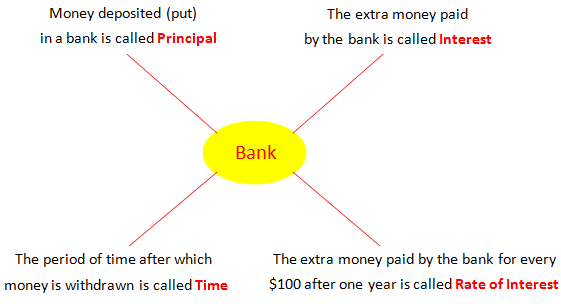



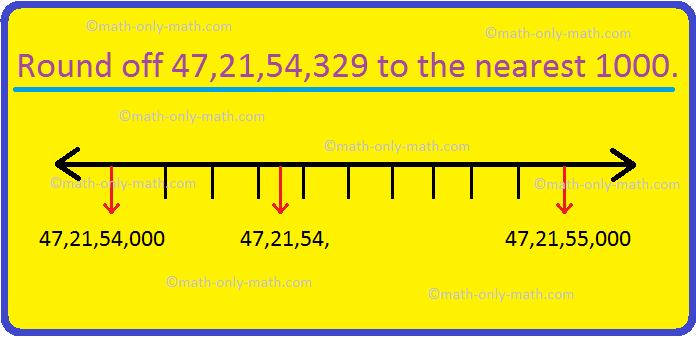

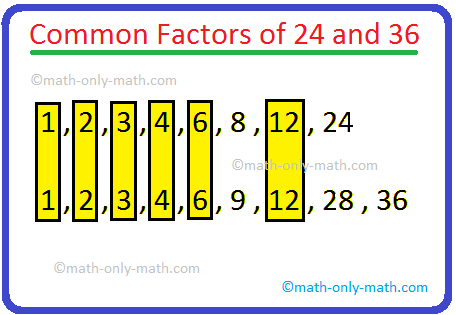
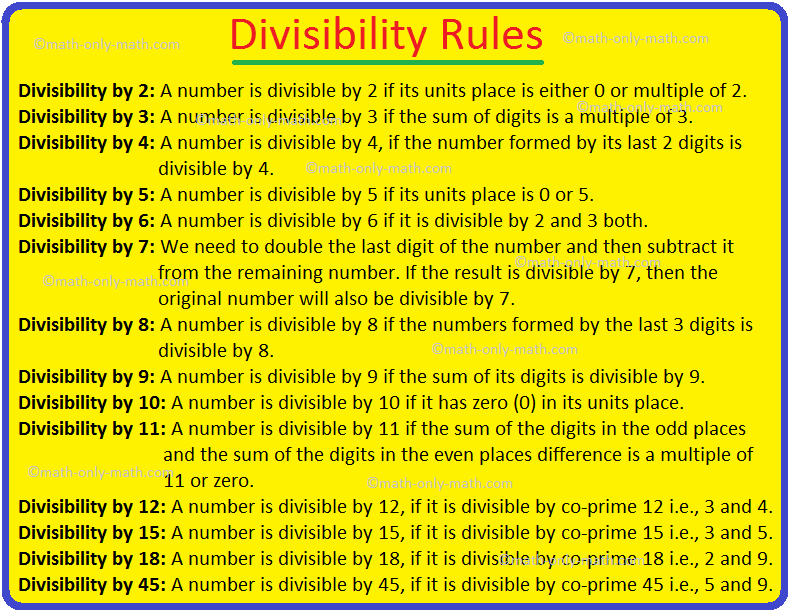
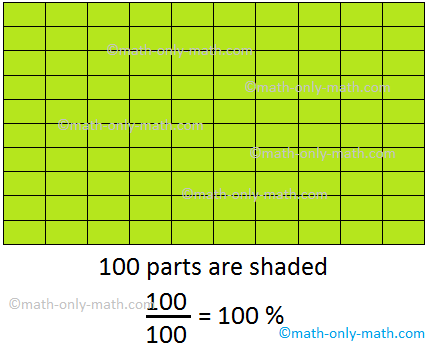
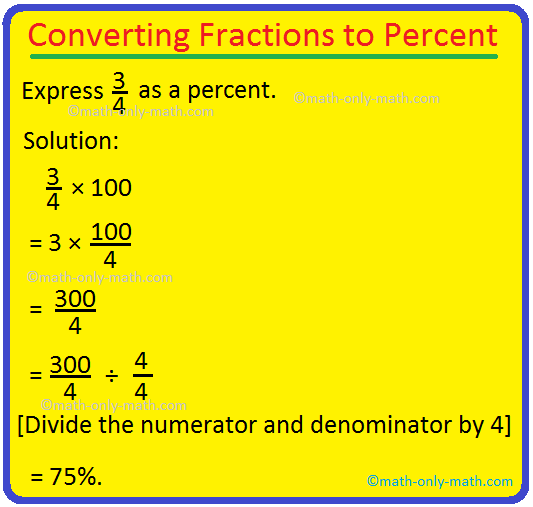
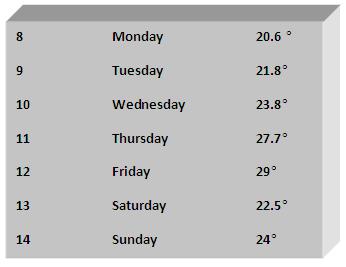
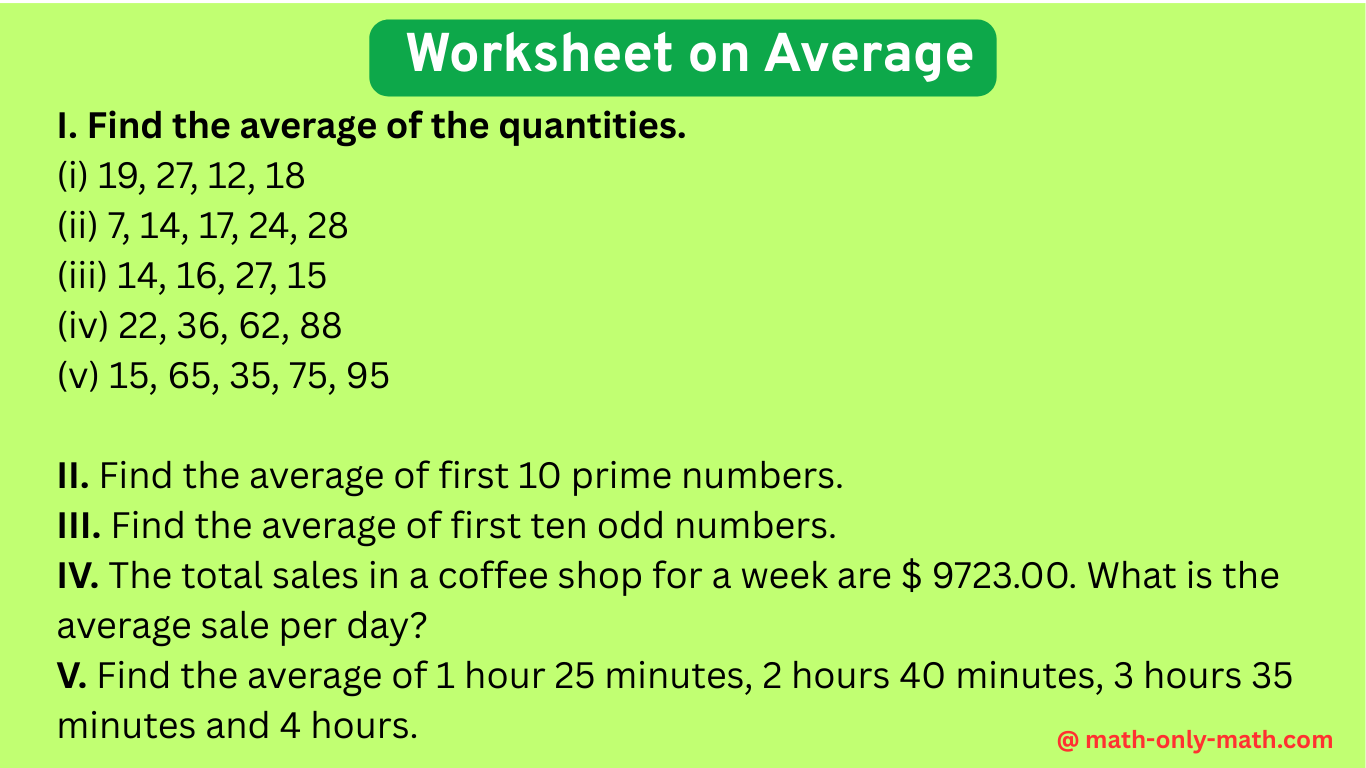

New! Comments
Have your say about what you just read! Leave me a comment in the box below. Ask a Question or Answer a Question.